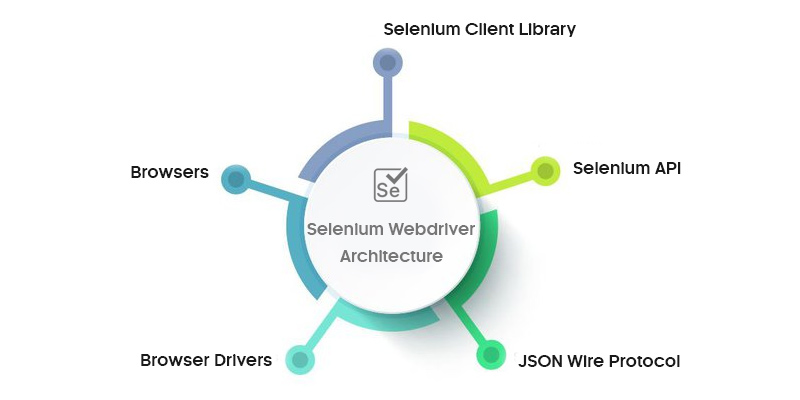Blog
What is Selenium WebDriver? Understanding the Architect of Browser Automation

Selenium WebDriver is the cornerstone of modern browser automation, enabling teams to validate web applications efficiently across multiple browsers and platforms. Understanding what is Selenium WebDriver goes beyond theoretical knowledge; it’s essential for mastering automation testing, troubleshooting complex issues, and designing scalable test frameworks.
By offering multi-language support, Selenium WebDriver allows tests in Java, Python, C#, JavaScript, Ruby, and more, while ensuring consistent execution across Chrome, Firefox, Safari, Edge, and others.
AI-Powered Browser Testing
Integrating AI into browser automation enhances efficiency, accuracy, and test coverage by enabling intelligent scenario generation, predictive analysis, and self-adaptive test strategies. Teams can automate complex test cases, reduce repetitive work, and ensure consistent validation across multiple browsers and devices without deep scripting expertise.
Modern solutions like LambdaTest KaneAI build on this approach, offering a GenAI-native AI agent for QA testing that helps teams generate intelligent test scenarios from natural language instructions, analyze execution logs, and optimize cross-browser coverage.
By combining AI-driven insights with automated execution, KaneAI accelerates validation, making it easier to detect rendering, functional, and performance issues reliably.
Selenium WebDriver Architecture Overview
Selenium WebDriver’s architecture separates concerns across four key components:
- Client Libraries: Language-specific bindings (Java, Python, C#, etc.) providing intuitive APIs for writing tests.
- Communication Protocol: JSON Wire Protocol (Selenium 3) or W3C WebDriver Protocol (Selenium 4) standardizes browser commands.
- Browser Drivers: Native executables like ChromeDriver, GeckoDriver, and SafariDriver translate commands to browser-specific calls.
- Real Browsers: Actual browser applications executing the commands, ensuring authentic rendering, CSS layout, and JavaScript behavior.
This modular setup ensures platform independence, cross-browser compatibility, and flexibility to extend or integrate with cloud platforms like LambdaTest.
Practical Advantages of Selenium WebDriver
- AI-driven Test Automation: KaneAI generates and evolves tests using natural language, reducing manual scripting efforts.
- Parallel Testing: Execute tests simultaneously, cutting down overall feedback time.
- Intelligent Analytics: KaneAI analyzes failures, predicts high-risk areas, and recommends test optimizations.
- Seamless CI/CD Integration: Incorporate tests into pipelines with real-time debugging and reporting.
Conclusion
Understanding what is Selenium WebDriver is foundational for any QA or DevOps professional. Its architecture enables robust, scalable automation across browsers and languages, while AI-powered agents like KaneAI elevate testing efficiency and coverage. Platforms like LambdaTest bring WebDriver to the cloud, offering real browser access, parallel execution, and intelligent analytics, making modern browser automation faster, smarter, and more reliable than ever.
-

 Celebrity5 months ago
Celebrity5 months agoTrey Kulley Majors: The Untold Story of Lee Majors’ Son
-

 Celebrity5 months ago
Celebrity5 months agoChristina Erika Carandini Lee: A Life of Grace, Heritage, and Privacy
-

 Celebrity5 months ago
Celebrity5 months agoJamie White-Welling: Bio, Career, and Hollywood Connection Life with Tom Welling
-

 Celebrity4 months ago
Celebrity4 months agoNick Schmit? The Man Behind Jonathan Capehart Success
















